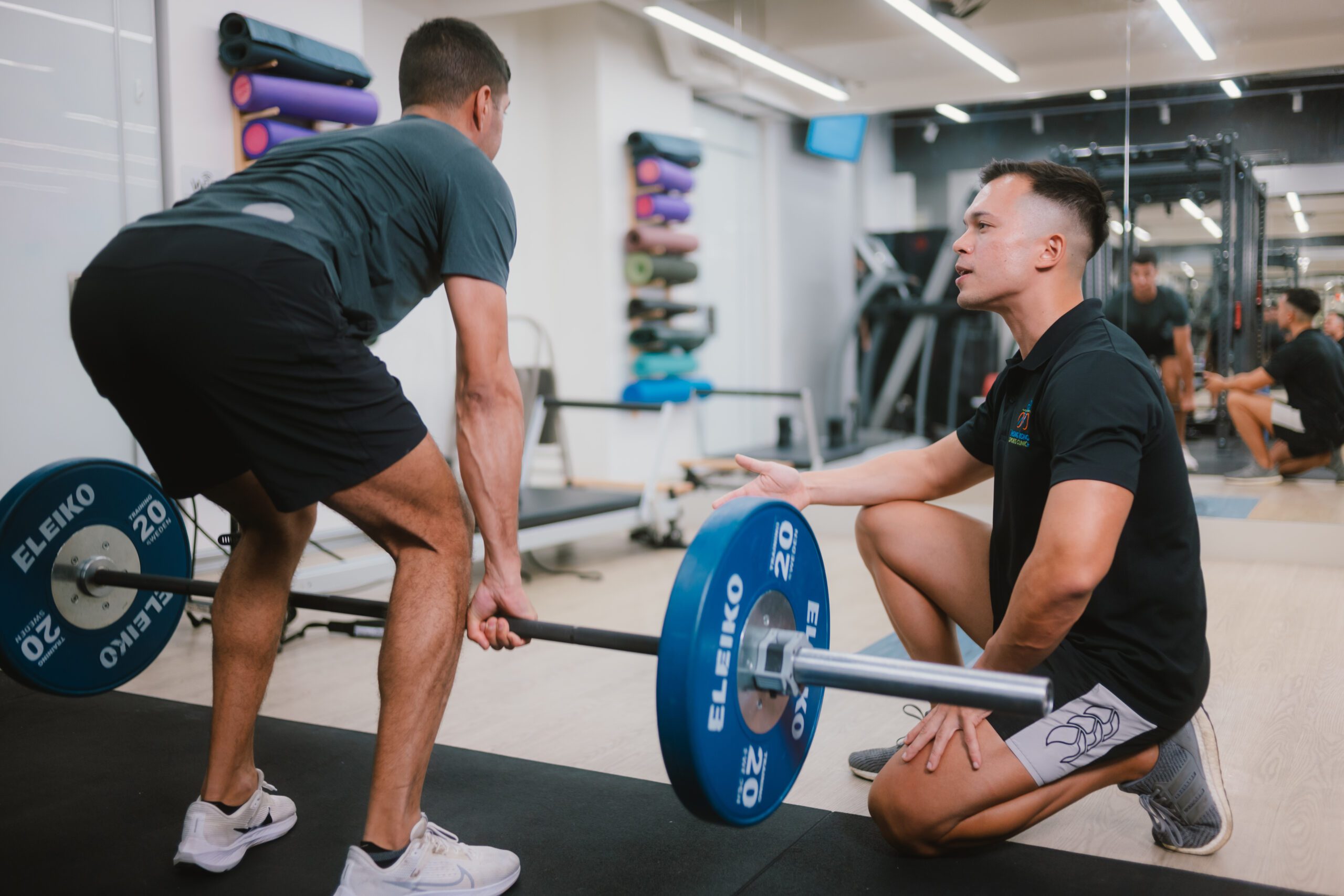Weightlifting has become a popular form of exercise in recent years, with many people turning to this activity to build strength, improve their physique, and boost their overall health. However, there has been ongoing controversy regarding whether it is safe to bend the back during weightlifting exercises. Some fitness experts believe that bending the back during weightlifting can cause serious injuries, while others argue that it is a safe and effective way to build muscle mass.
To Bend Or Not To Bend?
The controversy over bending the back during weightlifting has been ongoing for decades. Many experts believe that bending the back during weightlifting can lead to serious injuries such as herniated discs, muscle strains, and spinal cord damage. The concern is that when the back is bent, the spine is placed under increased pressure, which can cause the discs in the spine to herniate or rupture. This can result in intense pain, nerve damage, and even paralysis.
However, other experts believe that bending the back during weightlifting is a safe and effective way to build muscle mass. They argue that when the back is bent, it places the muscles under greater tension, which can lead to greater muscle growth. They also point out that many professional bodybuilders and weightlifters bend their backs during exercises such as deadlifts, and they have not experienced any serious injuries as a result.
The Science About Back Bending
So, what does the science say about bending the back during weightlifting? While there is no clear consensus, the evidence suggests that it may be safe to bend the back during weightlifting exercises, but only if proper form is maintained. In other words, if you are bending your back while weightlifting, you need to make sure that your form is perfect to reduce the risk of injury.
One study published in the journal Spine found that bending the back during weightlifting can increase the risk of herniated discs, but only if the lifter’s form is poor. The study found that lifters who maintained proper form and technique during weightlifting exercises did not experience any increased risk of herniated discs, even when their backs were bent.
Another study published in the Journal of Strength and Conditioning Research found that bending the back during weightlifting can increase the activation of the muscles in the lower back and hips, which can lead to greater muscle growth. However, the study also found that lifters who maintained proper form experienced greater muscle activation than those who did not, suggesting that perfect form is essential to achieving optimal muscle growth.
Form And Technique Above All
So, what can you do to ensure that you are lifting weights safely and effectively? The first step is to make sure that you are using proper form and technique when performing weightlifting exercises. This means maintaining a neutral spine, engaging your core muscles, and keeping your feet planted firmly on the ground. It is also important to use proper breathing techniques and to avoid jerking or twisting your body during the exercise.
It is also important to start with lighter weights and gradually increase the weight as you become stronger and more comfortable with the exercise. This will help to reduce your risk of injury and ensure that you are building muscle mass safely and effectively. You can find all the information you need about our treatments here at Hong Kong Sports Clinic.
Conclusion
The controversy over bending the back during weightlifting continues, but the evidence suggests that it may be safe to do so if proper form and technique are maintained. While bending the back can increase muscle activation and promote greater muscle growth, it is essential to engage in weightlifting exercises with caution and gradually increase the weight as your strength and comfort levels improve. By following these guidelines, you can enjoy the benefits of weightlifting while reducing your risk of injury and achieving your fitness goals.

